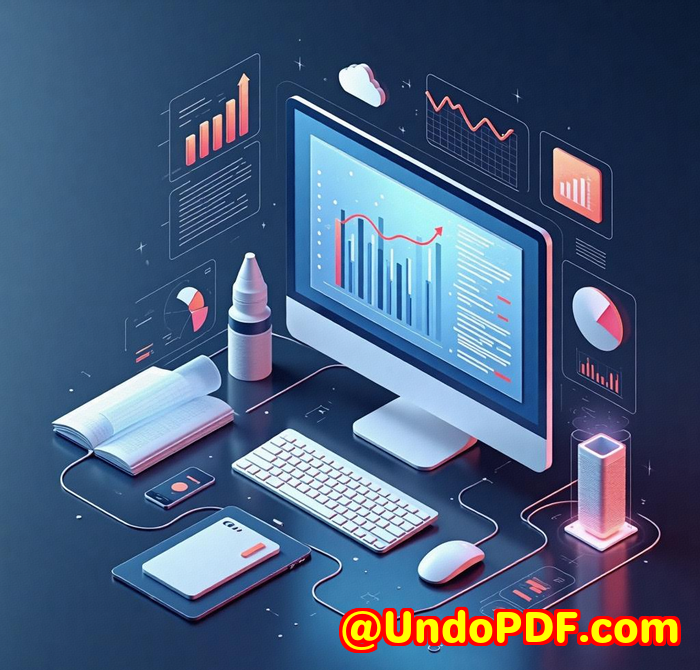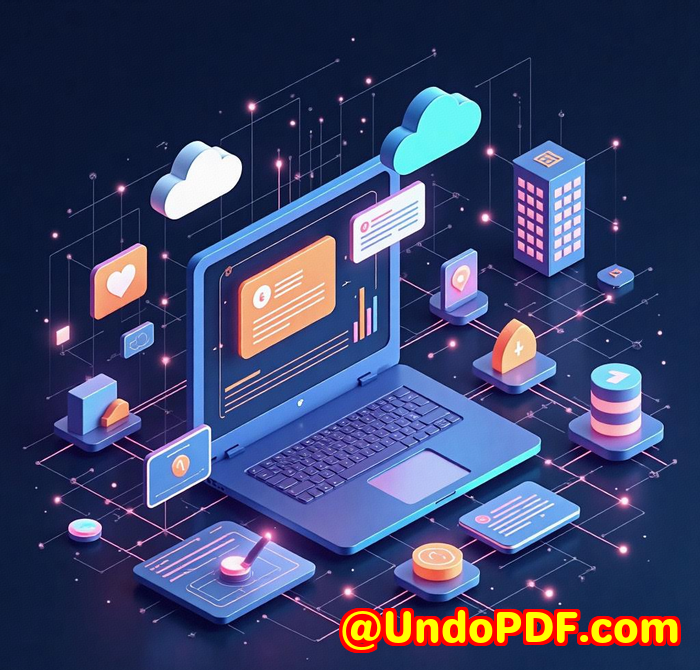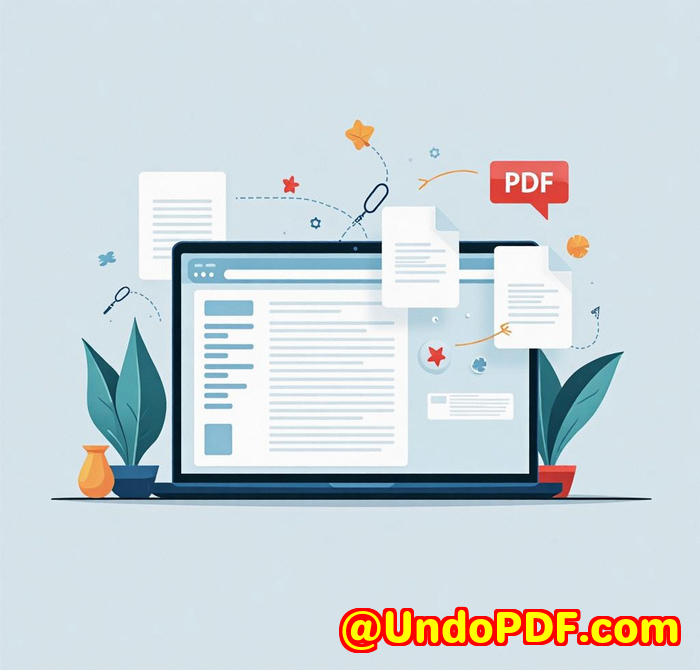How to Convert Web Dashboards to PDF for Financial and Business Reporting
How to Convert Web Dashboards to PDF for Financial and Business Reporting with VeryPDF Webpage to PDF Converter API
Every time I had to send out monthly financial reports, I found myself stuck wrestling with clunky screenshot tools or copying and pasting data into Word documents. It was tedious, error-prone, and the formatting never looked quite right. If you’ve ever tried to capture dynamic web dashboards or business reports in a neat PDF, you know the pain.

That’s when I discovered VeryPDF Webpage to PDF Converter API for Developers a game changer for automating the conversion of web pages, dashboards, and reports directly into high-quality PDFs. Whether you’re a developer building reporting tools or a business pro needing clean, professional documents, this API has been a lifesaver for me.
Here’s the deal with this tool:
-
It converts any HTML page or web dashboard to PDF in under two seconds.
-
It uses a Google Chromebased rendering engine, so it flawlessly handles all web assetsCSS, JavaScript, custom fonts, responsive layoutsbasically everything that makes your dashboards look sharp online.
-
You get to customise headers, footers, paper sizes, and security settings, including 128-bit encryption for sensitive financial data.
-
The API is RESTful and language-agnostic, so integration with your existing platform is fast and painless, no matter your tech stack.
I’ve put it through the wringer on real projects where I needed to convert sales dashboards, KPI reports, and financial statements that live on web apps into polished PDFs. The best part? I could automate the whole thing.
Here’s how it stood out:
-
Speed: Generating a PDF from a complex, data-heavy dashboard took less than 2 seconds. That’s faster than manually taking screenshots and stitching them together.
-
Accuracy: Unlike other tools that mess up CSS or strip out dynamic charts, this API preserved every visual detail exactly as seen in the browser. It even handled JavaScript-generated charts flawlessly.
-
Security: Since I’m dealing with sensitive business data, the option to add encryption and control access was crucial. I could rest easy knowing confidential reports were protected.
-
Scalability: Using their webhook system, I automated batch conversions for hundreds of reports overnight without slowing down.
Compared to other HTML to PDF tools I tried, which often fell short with complex web layouts or required clunky setups, VeryPDF’s API is modern, reliable, and developer-friendly. It doesn’t get in your way it just works.
If your business regularly needs to convert web dashboards or financial reports to PDFs, this API could save you hours of manual work and headaches over formatting errors. I’d highly recommend giving it a go.
Start your free trial now and see how it can streamline your reporting workflow: https://www.verypdf.com/online/webpage-to-pdf-converter-cloud-api/try-and-buy.html
Why VeryPDF Webpage to PDF Converter API Works for Financial and Business Reporting
This API fits perfectly for anyone who:
-
Develops business intelligence or analytics tools
-
Needs automated generation of client-ready reports
-
Works with dashboards that frequently update live data
-
Handles sensitive documents requiring encryption
-
Wants to streamline document workflows without losing style or data integrity
Some of the key use cases I’ve seen include:
-
Exporting monthly sales dashboards to share with stakeholders
-
Generating PDF invoices directly from HTML templates
-
Archiving financial data snapshots in a secure, searchable format
-
Creating marketing collateral with up-to-date web content visuals
-
Producing Open Graph images and social media banners automatically
Core Advantages That Matter
-
Advanced Rendering: The Chrome-based engine means what you see is exactly what you get.
-
Customisation: Headers, footers, paper sizes, CSS injectionyou name it.
-
Security: 128-bit encryption with flexible access control.
-
Developer-friendly: Easy RESTful API integration, no SDK required.
-
Performance at scale: Handle thousands of conversions quickly with their parallel processing.
FAQs
Q1: Can I convert multiple reports at once?
Yes, the API supports batch conversions and webhooks for handling large volumes efficiently.
Q2: Is my data stored after conversion?
No, files are not stored unless you opt-in for temporary storage.
Q3: Can I customise page layout and include headers or footers?
Absolutely, you can tailor paper size, headers, footers, margins, and even inject custom CSS or JavaScript.
Q4: What programming languages can I use with the API?
Any language that can make HTTP requests Python, PHP, JavaScript, C#, and more.
Q5: Is the API secure enough for sensitive financial data?
Yes, it uses 128-bit encryption and is fully HIPAA compliant, ensuring strong privacy and security.
Custom Development Services by VeryPDF
VeryPDF offers bespoke development tailored to your exact needs. Whether you require PDF processing on Linux, macOS, or Windows servers, or need custom tools built with Python, PHP, C/C++, .NET, or JavaScript, VeryPDF’s team can deliver.
They specialise in:
-
Creating Windows Virtual Printer Drivers that generate PDFs, EMF, and images
-
Building systems to capture and monitor print jobs across all Windows printers
-
Developing document analysis tools for PDFs, PCL, Postscript, and Office formats
-
Implementing barcode recognition and OCR for scanned documents
-
Designing cloud-based solutions for document conversion, viewing, and DRM protection
-
Delivering PDF security, digital signature, and DRM technologies
If you have unique requirements or want to discuss a project, contact VeryPDF at http://support.verypdf.com/.
Tags/Keywords
-
Convert web dashboards to PDF
-
HTML to PDF API for developers
-
Automated financial reporting PDF
-
Secure PDF conversion API
-
Business report PDF generator



